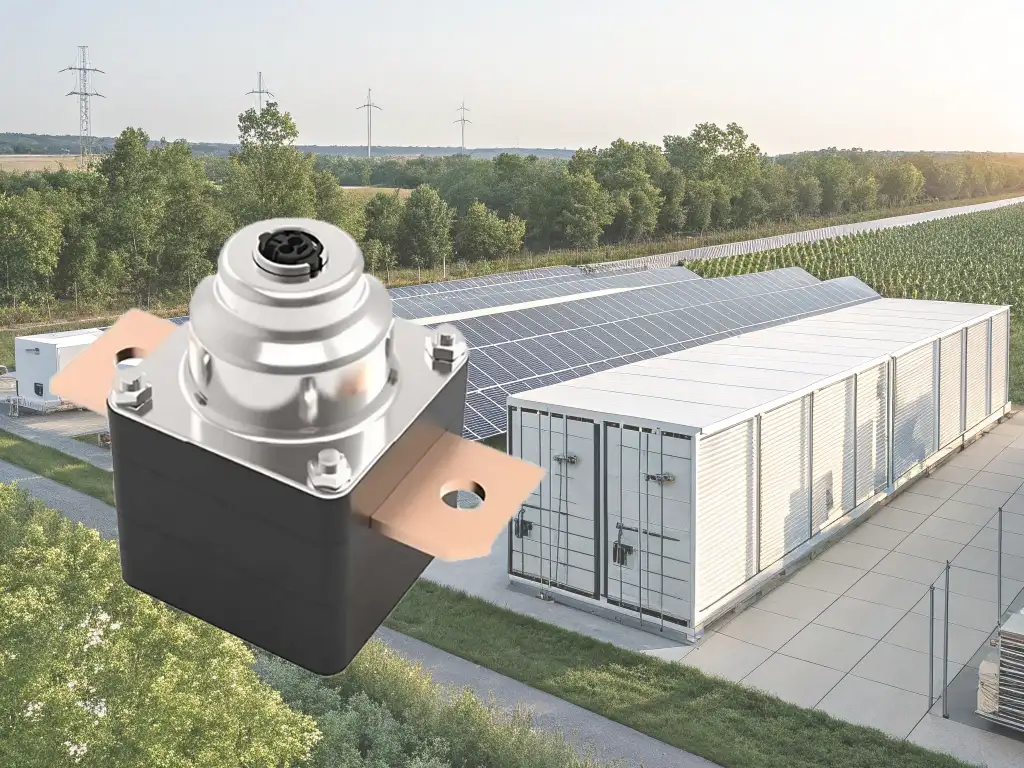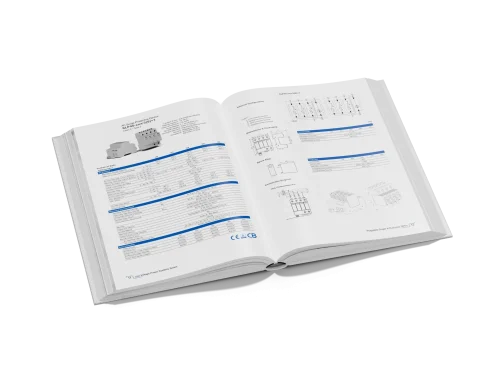With the rapid development of renewable energy and electrification, Energy Storage Systems (ESS) have become indispensable for grid stability, peak shaving, and backup power. Among the core safety components of ESS, the pyro fuse plays a crucial role in ensuring system protection, reliability, and compliance with global standards.
This article will explore what a pyro fuse is, why it is critical in ESS applications, how it compares with traditional protection devices, and the future trends driving its adoption.
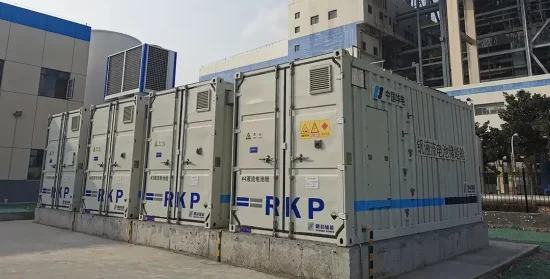
What is a Pyro Fuse?
A pyro fuse, also known as a pyrotechnic fuse or pyrotechnic safety switch, is a device that integrates a traditional fuse function with a pyrotechnic actuator. Unlike mechanical relays or standard fuses that rely purely on thermal or electrical overload to disconnect circuits, pyro fuses can be triggered rapidly by an electrical signal to break the circuit within milliseconds.
Key Components:
- Pyrotechnic charge: Generates rapid force upon electrical triggering.
- Switching mechanism: Physically disconnects the circuit by severing the conductor or opening contacts.
- Trigger circuit: Receives the command signal from the Battery Management System (BMS) or protection controller.
Also Read:
Pyro Fuses vs. Traditional Semiconductor Fuses: A Comprehensive Comparison
Global Pyro Fuse Supplier Landscape and In-Depth Competitiveness Analysis
Why are Pyro Fuses Critical in ESS?
1. Fast and Reliable Disconnection
In large-scale ESS, the stored energy can reach hundreds of kilowatt-hours or even megawatt-hours. Under fault conditions such as internal short circuits, overcurrent, or thermal runaway, it is essential to disconnect the circuit immediately to prevent catastrophic failures. Pyro fuses can open circuits within milliseconds, much faster than traditional thermal fuses, minimizing the risk of fire, explosion, or battery damage.
2. Enhanced Safety Compliance
Global safety standards for ESS, such as UL 9540, IEC 62933, and NFPA 855, increasingly require rapid isolation mechanisms to enhance system safety. Pyro fuses help manufacturers achieve these certifications by providing:
- Active, controllable disconnection.
- Isolation even under high fault currents.
- Protection for maintenance and emergency shutdown procedures.
3. Compact Design and High Voltage Capability
ESS applications often operate at 750V, 1000V, or even 1500V DC. Pyro fuses are designed for high voltage and high current interruption, while maintaining a compact size. This is particularly important as ESS designs become modular and energy dense, demanding a minimal footprint for each component.
4. Integration with System Protection Strategies
Modern ESS integrates multiple layers of protection, including:
- BMS-controlled contactors or solid-state switches.
- Thermal sensors and fire suppression systems.
- Pyro fuses for rapid electrical disconnection.
Pyro fuses act as the final safety barrier to physically sever the electrical path, ensuring isolation even if other protection layers fail or if the BMS commands an immediate shutdown during critical faults.
Comparison: Pyro Fuse vs Traditional Fuses and Contactors
| Aspect | Traditional Fuse | Contactor | Pyro Fuse |
|---|---|---|---|
| Operating Principle | Melts under high current | Mechanically opens on command | Pyrotechnic-triggered physical disconnection |
| Reaction Time | Tens to hundreds of milliseconds | Tens of milliseconds | Few milliseconds |
| Trigger Control | Passive (current dependent) | Active (electrical command) | Active (electrical command) |
| Current Breaking Capability | Limited by melting characteristics | Limited by contact rating and arc quenching | High – can interrupt high fault currents rapidly |
| Safety Under Fault Conditions | May not react in time for extreme faults | May weld contacts under high fault | Reliable separation due to explosive severing |
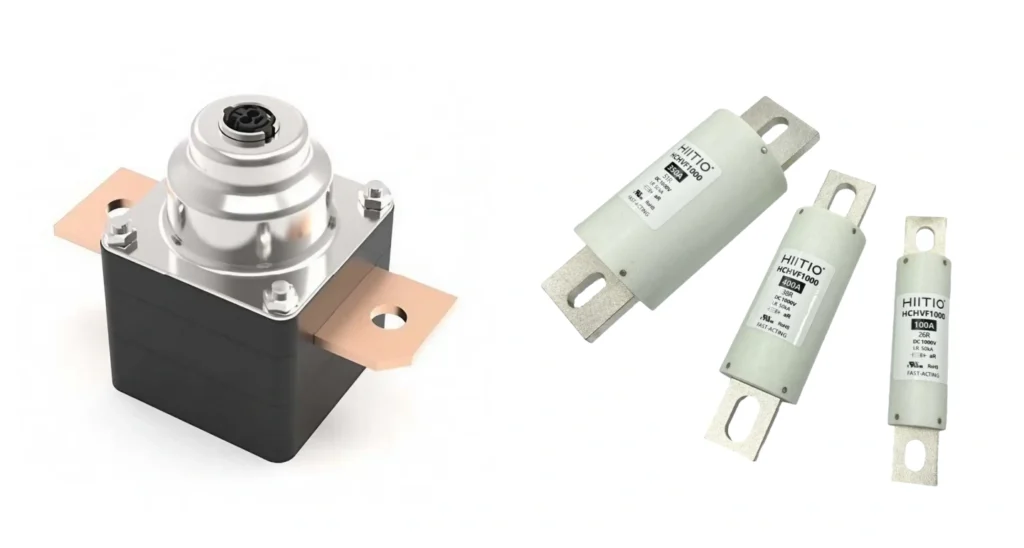
Typical Applications in ESS
Battery Pack Protection
Installed between the battery modules and inverter/DC bus, pyro fuses protect the entire pack during thermal runaway or severe overcurrent faults.
DC Bus Protection
In a large containerized ESS or commercial building ESS, pyro fuses disconnect the entire DC bus quickly to prevent propagation of faults between racks or modules.
Hybrid Protection Systems
Used in combination with contactors, pyro fuses provide ultimate disconnection under abnormal conditions where contactors alone are insufficient.
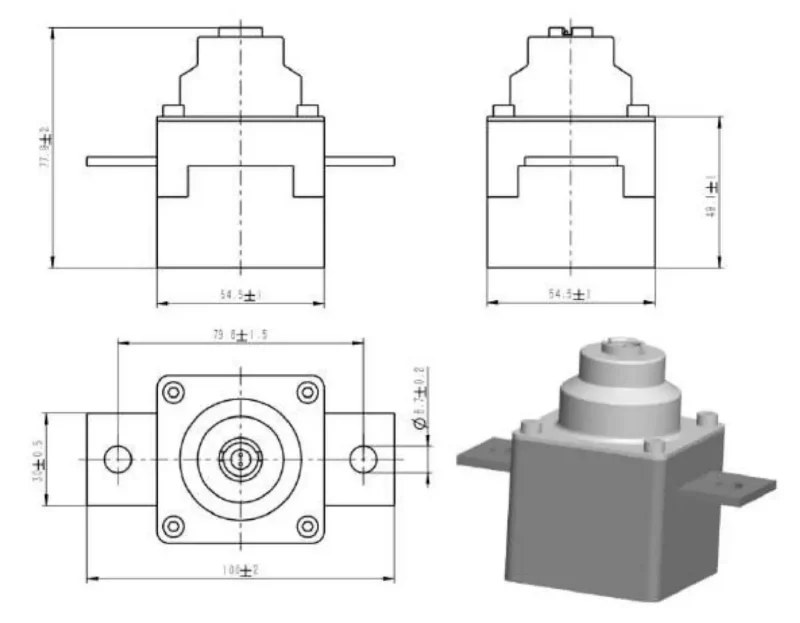
Recent Trends Driving Pyro Fuse Adoption
Increased ESS Energy Density
As ESS adopts higher capacity lithium-ion or LFP battery cells, the risk of rapid fault propagation increases, demanding faster protective measures.
Stricter Safety Regulations
Governments and certification bodies worldwide are revising ESS installation codes to mandate rapid isolation features, accelerating pyro fuse deployment.
Integration into Pack Design
OEMs and ESS integrators now integrate pyro fuses into battery pack designs rather than external installations, improving safety while reducing assembly complexity.
Growing ESS Market
With global ESS installations forecast to exceed 400 GWh annually by 2030, demand for advanced safety components like pyro fuses is expected to grow exponentially.
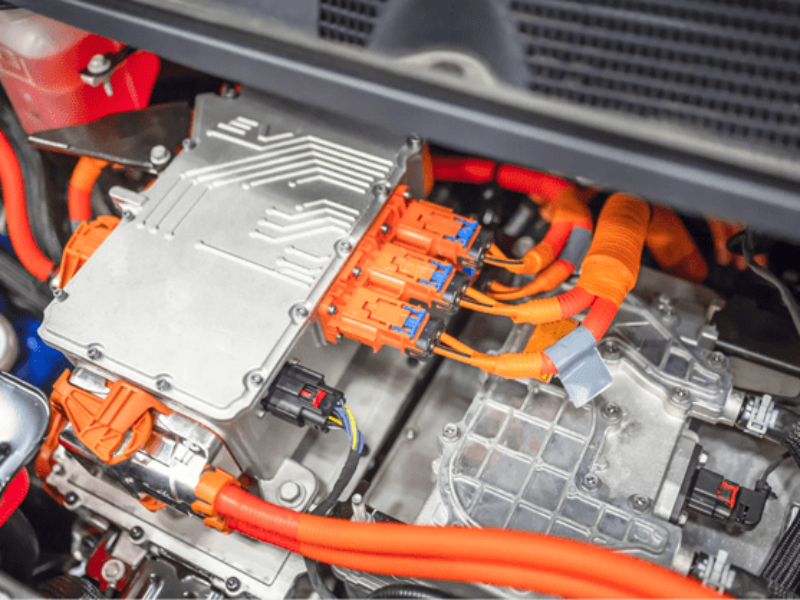
Challenges and Future Outlook
Despite their advantages, pyro fuses also present challenges:
- Cost: Typically higher than conventional fuses or contactors, requiring system designers to balance safety benefits against budget constraints.
- Replacement: After activation, the pyro fuse must be physically replaced, adding maintenance complexity post-fault event.
- Design Integration: Requires coordination with the BMS for effective triggering logic and fault detection.
However, with technological advancements in pyrotechnic actuators and miniaturization, costs are expected to reduce while performance improves. Future pyro fuses may integrate diagnostic features, self-monitoring, and communication functions to align with the trend of smart ESS.
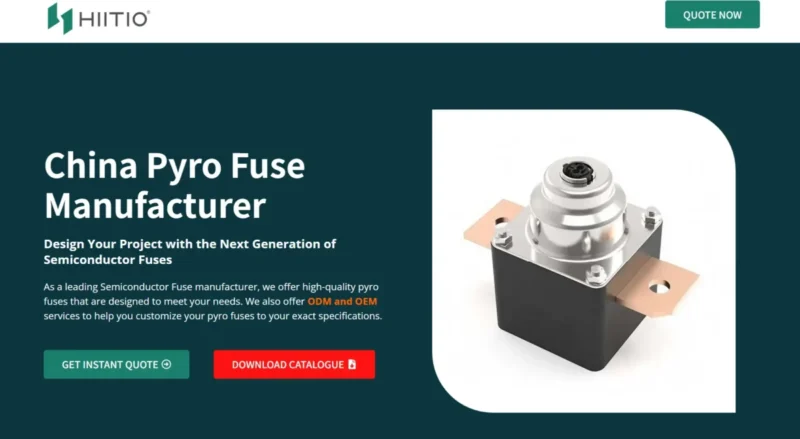
FAQs
1. Where is the pyro fuse typically used?
- It is widely used in EV battery packs, energy storage systems (ESS), electric buses, and industrial power supplies where fast circuit isolation is critical.
2. What factors should I consider when selecting a pyro fuse?
- Voltage rating, current capacity, response time, installation type, and compatibility with your system’s BMS.
3. How does the pyro fuse enhance safety in battery systems?
- It quickly disconnects the power path during a fault, preventing thermal runaway, fire, or explosion in the battery pack.
4. How is a pyro fuse triggered?
- It is triggered electrically by a signal from the battery management system (BMS) or other control circuitry when an unsafe condition is detected.
5. Can pyro fuses be installed manually?
- Yes, but it must be installed according to the manufacturer’s safety and wiring guidelines.
6. How do I know if the pyro fuse has been triggered?
- Some pyro fuses include mechanical indicators or electronic feedback signals to notify the system or user of activation.
Conclusion
As the ESS industry continues to grow, safety remains its most critical pillar. For system designers, OEMs, and ESS integrators, incorporating pyro fuses is not merely a compliance measure but a proactive approach to safeguarding investments, ensuring user safety, and building trust in energy storage technology for the global renewable transition.
If you’re seeking a high-reliability pyro fuse solution for Energy Storage Systems, HIITIO offers advanced pyro fuses designed for fast, precise circuit disconnection under extreme fault conditions. Built to meet international safety standards like UL 9540 and IEC 62933, HIITIO’s pyro fuses ensure optimal protection for high-voltage ESS applications up to 1000V. With compact design, high fault current interruption capability, and seamless BMS integration, HIITIO is your trusted partner for next-generation ESS safety. Contact HIITIO to get excellent pyro fuses for your next project!

